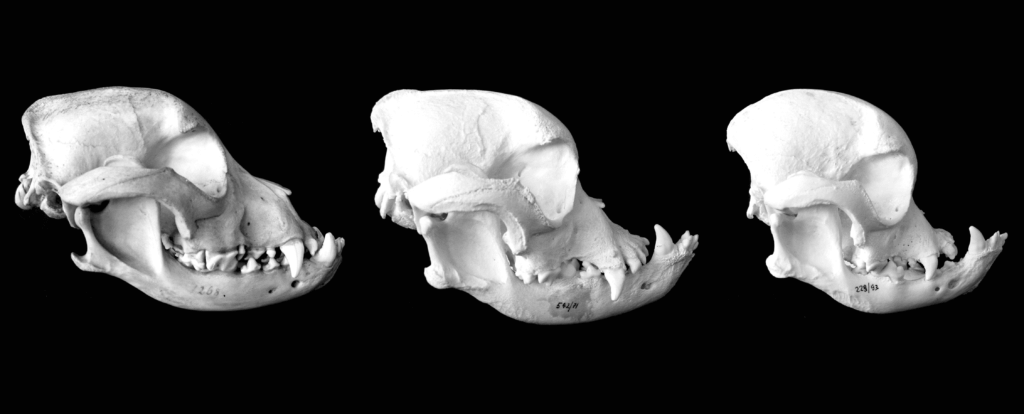How can the size of your pet's head affect its health?
Dogs, cats and even rabbits with smash face are becoming more end more popular around the world. Probably, because of its clumsy or funny way and its eyes almost popping out that many people find cute. However, when these characteristics are intensified, such as in Pugs and Persian cats, can result in a series of health problems with none benefits to the animal.

The condition is caused by a severe deformation that has developed over centuries in the skull, jaws and teeth, making them mismatched, which can make the animals more susceptible to dental diseases and make feeding more difficult. That’s why in dogs like Shih Tzu, Pug, Maltese, Pequineses or Lhasa Apso it’s common to see the lower teeth.
In rabbits, whose teeth continue to grow throughout life, the teeth must be aligned to wear evenly. However, in breeds such as Netherland Dwarf or Lionhead, the lower jaw is usually longer than the upper jaw, so the teeth can grow continuously, causing pain, injury, abscesses, and even death if neglected.
Another condition is caused by the deformity that affects the eyes. Due to their short skulls, their eyes are disproportionately large and their eyelids may not fully enclose them. Therefore, despite many brachycephalic animals produce few tears and has dry eyes, some, has the tear duct distorted, making that tears flow trough the face all the time that can cause infections and injuries.

Last but not least. The brachycephaly cause skin accumulation mainly on the face, animals in this condition show expressions (happiness or sadness) with more difficult and more tendency to devolve skin infections and dermatitis.
There are many breeds of brachiocephalic or dolichocephalic (thin and long head) cats and dogs, but the more severe this deformity is, the more difficult it will be for your pet to have a healthy and comfortable life.
Even after years of observing what the condition causes in animals, this appearance is still extremely widespread and supported, with many people even participating in competitions. For those of you who have been thinking about having one of these breeds, think again and consider whether or not you agree with the breeding of disease-prone animals that become more and more deformed over generations just for a pseudo-aesthetic.
List of the most common brachycephalic or hyperbrachycephalic pets:
Dogs |
Cats |
Rabbits |
|---|---|---|
| Bulldog | British Shorthair | Lionhead |
| Boxer | Exotic Shorthair | Drop-eared rabbits, in general |
| Bullmastiff | Himalayan | Netherland Dwarf |
| Boston Terrier | Persian | |
| French Bulldog | Scottish Fold | |
| Lhasa Apso | ||
| Pequinese | ||
| Pug | ||
| Shih Tzu |
Read more:
DogHero - Cachorros braquicefálicos
VetStream - Brachycephaly in-rabbits, not just a dog issue!
